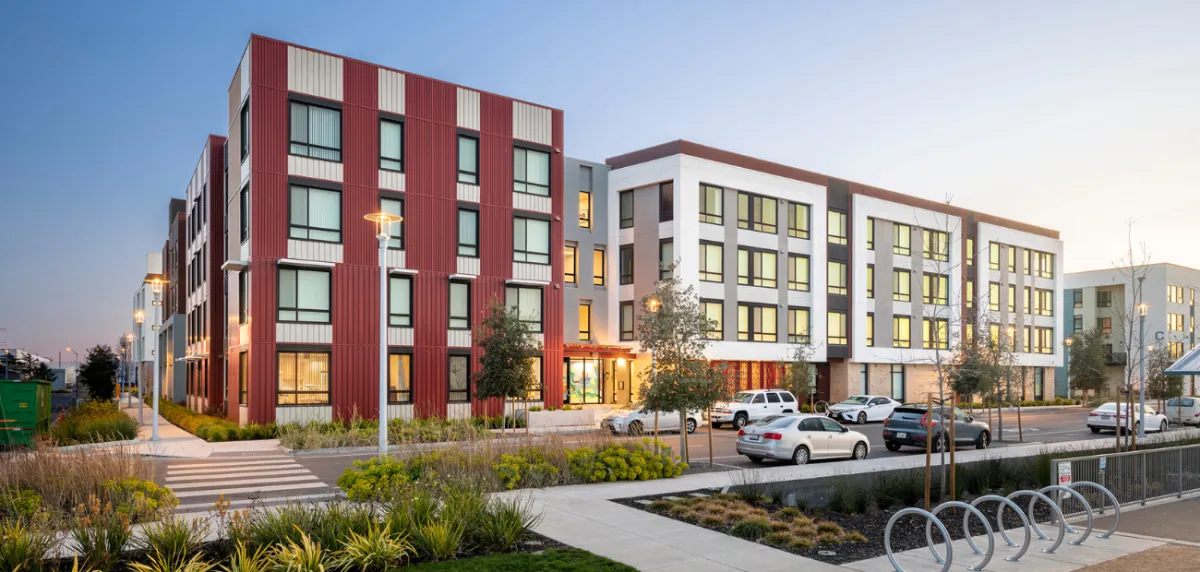Rod Khleif, Forbes Councils Member
Multifamily investment returns come from three sources: income, appreciation and tax benefits. While income and appreciation are widely understood, the tax benefits tend to be less well known.
Real estate is a physical asset, and its condition tends to degrade over time. Roofs wear out; plumbing systems leak; finishes become outdated. To account for this, tax rules allow the owner to “depreciate” the value of the property each year and to record this as a noncash expense on the income statement. This depreciation expense is one of the major tax benefits of multifamily ownership because it serves to reduce the property’s tax liability without impacting the cash available for distribution (because it is a noncash expense). As a result, property owners have a strong incentive to take as much depreciation as they can each year. One of the ways this can be done is through a strategy called cost segregation.
Cost Segregation
Simply, cost segregation is a strategy used by property owners to maximize the amount of depreciation taken each year. To understand how it works, it is first necessary to understand how depreciation expense is calculated.
Without cost segregation, tax rules allow multifamily assets to be depreciated over 27.5 years using a straight-line methodology. This means that depreciation expense is calculated by dividing the property’s basis by 27.5. For example, if the property basis is $1 million, it can be divided by 27.5 to obtain $36,363 in allowable depreciation expense each year.
Now, cost segregation involves reviewing every aspect of a property and segregating its components into different buckets for which depreciation can be accelerated. For example, a parking lot falls into the category of land improvements, which can be depreciated over 15 years; kitchen appliances fall into the category of personal property, which can be depreciated over five years. By dividing a property into its components and depreciating them over a shorter time period, depreciation expense is maximized, and the resulting tax liability can be significantly reduced.
Cost Segregation: An Example
Assume that a property has a gross operating income of $500,000 and total expenses of $220,000, which includes $40,000 of depreciation. The resulting net operating income (NOI) is $280,000. After debt service of $100,000, it has before-tax cash flow of $180,000.
Now assume that a cost segregation review is performed for the same property, and depreciation expense is increased to $80,000. This means that NOI is reduced to $240,000, and the before-tax cash flow is decreased to $140,000.
Assuming a 35% tax rate on the $40,000 difference between the two figures, the annual tax savings is $14,000. Over a 10-year investment holding period, the tax savings from using cost segregation can be significant.
Remember that depreciation is a noncash expense, meaning that it does not represent money that the property owner paid to another party. It is an accounting concept that does not impact the property’s cash available for distribution.
Cost Segregation Categories
Recall that a multifamily property as a whole can be depreciated using the straight-line methodology over 27.5 years. A cost segregation study seeks to categorize the components of the property into four buckets, each of which is depreciated over a different time period that corresponds to the asset’s useful life:
1. Personal property: This category includes items such as furniture, carpeting, fixtures and window treatments. Normally, it can be depreciated over five or seven years using the double declining method, and the result is significantly increased depreciation expense for these items.
2. Land improvements: This category includes items such as sidewalks, fences and docks. They can also be depreciated over a 15-year period using the double declining balance method. Within allowable parameters, owners should seek to maximize the values attributed to this category.
3. The building: The building’s components, such as the roof and plumbing systems, can be attributed to this category. Again, owners should seek to allocate the maximum value they can to this category because any residual value is attributed to land.
4. Land: Any amounts not allocated to the previous three categories are allocated to land and depreciated as such.
Within each of these categories, particularly property, there are some subdivisions that can make trying to do this alone problematic. A third party, usually an engineering firm, should be retained to complete the study. The fee may be significant, but it usually pales in comparison to the potential tax savings it can generate.
The Bottom Line
Cost segregation is an extremely effective strategy for lowering a property’s tax liability. Initiating the cost segregation study can be complex and expensive, but it can result in significant tax savings that can be passed on to investors, thereby increasing their overall return.











